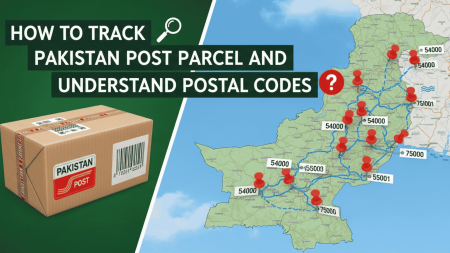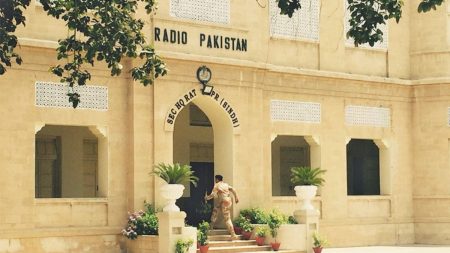Islamabad, Aug 9: As per the Asian Development Bank (ADB), Pakistan’s Bus Rapid Transit (BRT) systems exhibit considerable levels of contentment; nevertheless, they also underscore the deficiency of efficient transportation to access the BRT systems.In its most recent study, “CAREC Road Safety Engineering Manual, why and how to manage speed,” the Bank said that since the introduction of the country’s first BRT system in Lahore in 2013, Pakistan has implemented other BRT systems in its major cities. Studies have indicated that the systems in Rawalpindi-Islamabad, Multan, and Lahore are effective and satisfactory.
Studies draw attention to the lessons that Pakistan’s BRT system and the People’s Republic of China (PRC) can teach us. Pakistan’s BRT systems have high levels of satisfaction with the BRT itself, whereas the PRC’s BRT systems frequently include high-quality services to promote use but also draw attention to how inadequate the transportation is to get to the BRT systems.
The research went on to say that once the BRT systems were put into place, Pakistan’s population density, development volume, and land utilization for economic activities all increased. However, these improvements might still be made by taking care of women’s security, walking, and transit concerns.
If there were additional lanes specifically designated for BRT overtaking and the architecture of the lanes allowed BRT to travel faster than regular traffic, ridership may also increase. The expansion of BRTs selectively in areas with strong demand would enable fares to more fully offset operating expenses. Similarly, increasing station spacing can boost BRT speed and dependability, but this must be balanced with user-acceptable walking distances.
The paper also mentioned that speed was shown to be a crucial component in a study of the variables influencing the severity of crashes on Pakistani freeways.One of the most effective and economical ways to promote road safety is through speed management. Along with many other immediate benefits to the economy and society, it may lessen the incidence and severity of crashes. In spite of this, speed management is still an underappreciated, misunderstood, and underfunded activity globally.
This handbook examines the data supporting the advantages of safe speed in an effort to rectify this. It is eventually insufficient to reduce speeds from extremely high levels to lower but still high ones, even though the handbook does not advise doing so to the point where it hinders mobility.
Rather, this handbook advocates for aiming for “safe system” speeds. The Central Asian Regional Economic Cooperation (CAREC) countries can enhance their speed management in a number of areas of opportunity by using the evidence summary found in this document.Prioritization is given to a number of particular speed management interventions that are surveyed. There is a business argument made for speed management. To facilitate informal conversations with decision-makers, partners, and stakeholders as well as public communications, the handbook also addresses frequent misconceptions and disinformation.
Adopting evidence-based strategies to deliver safe speeds can effectively manage the expensive consequences of speed. Reducing speed is an affordable way for CAREC countries to significantly lower crash-related deaths and injuries in a reasonable amount of time. Interventions that control speed are incredibly economical resulting in some saving $17 for every $1 invested.
It will be difficult for CAREC governments to locate investments with higher returns than these. The number of crash deaths in the CAREC region may be cut in half with a mere 10 km/h drop in travel speeds across all roadways. This would also have extra positive economic effects. For the sake of road safety as well as other social and economic advantages, widespread adoption of several effective speed-reducing strategies is essential. According to the paper, there is strong commercial justification for CAREC member nations to implement speed limits that safeguard vulnerable road users, including pedestrians, and to dispel the myths that have limited speed limits globally.









